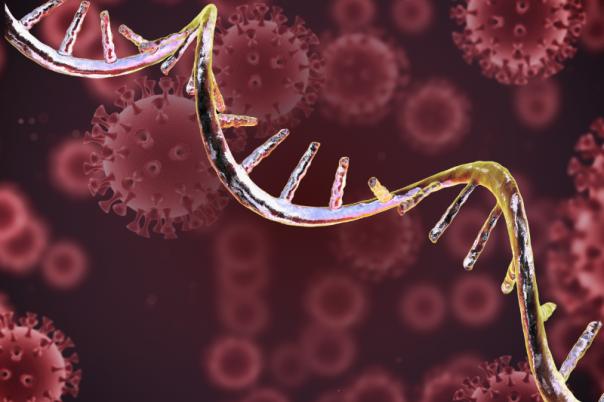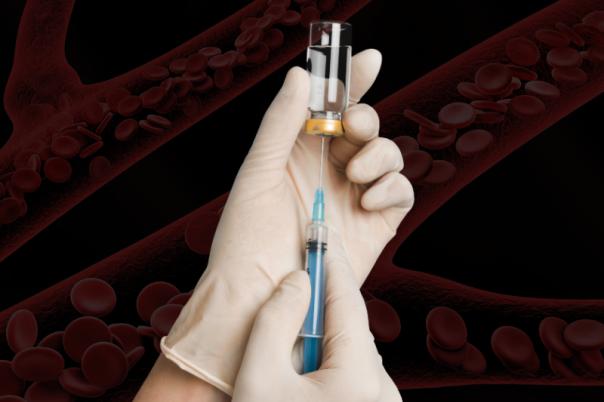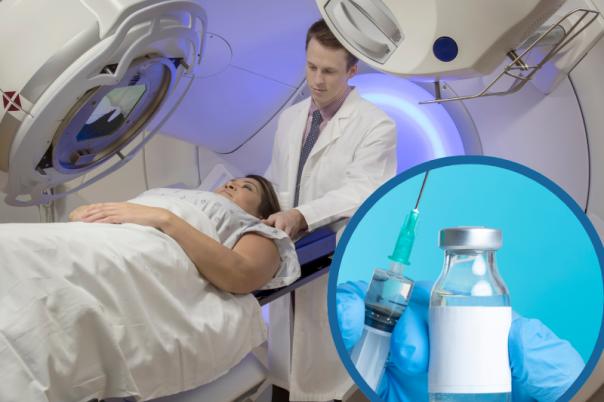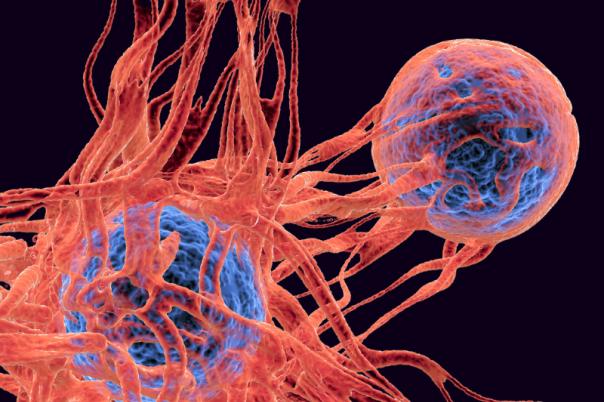Scancell’s ImmunoBody DNA-based platform has two cancer vaccines in clinical development for the treatment of metastatic melanoma: SCIB1 and iSCIB+. Both candidates encode for a modified antibody which is engineered to express gp100 and TRP-2 epitopes.
SCIB1 has demonstrated a potent antitumour response, either in combination with checkpoint inhibitors or as a monotherapy. SCIB1 and iSCIB+ have a robust GMP manufacturing process and stable shelf life with no temperature related storage issues as is the case with RNA vaccines. iSCIB1+ is the second generation version of the SCIB1 vaccine which has been modified using the Scancell’s AvidiMab platform to enhance potency and includes additional epitopes.
The vaccine works via two antigen processing and presentation pathways: First, through direct DNA uptake and presentation by antigen presenting cells; Second, can be DNA taken up and cross presented by other cell types, for example, muscle cells. Important is the process by which epitopes are expressed on MHC molecules and presented to specific TCRs to elicit an immune response.
This presentation outlines the development of an assay to measure the biological activity of Scancell’s vaccines. To do this, the team made two cell lines: one antigen presenting cell line transfected with specific epitopes which is cocultured with a Jurkat reporter cell line expressing a TCR specific for the epitope of interest. The reporter cell line includes a NFAT luciferase cassette which generates light upon TCR engagement which can be measured.
The assay has been validated for intra-assay, inter-operator, and intra-day precision, with a percentage CV below 40%, confirming its reliability. Furthermore, the assay can differentiate between open circular and linear DNA topologies, indicating its ability to assess the potency of damaged DNA. It has also been used to evaluate the potency of different batches of iSCIB1+, confirming consistent biological activity across batches.





